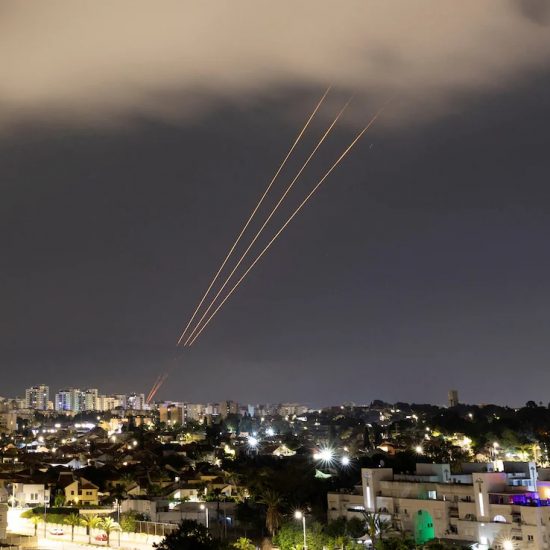
A minor yet persistent air leak inside the Zvezda service module of the International Space Station has led NASA to indefinitely postpone Axiom Mission 4, highlighting widening concerns over the station’s ageing infrastructure and safety. Though currently stable, pressure readings in the affected segment continue to require close monitoring by NASA and Roscosmos, reinforcing questions over the ISS’s longevity and future viability.
The anomaly was detected in the transfer tunnel between Zvezda and the aft docking port. Cosmonauts aboard the ISS carried out targeted inspections and sealed several identified areas; current readings suggest pressure has stabilised, though further diagnostics are underway. NASA characterised the risk as manageable but deemed it prudent to delay the launch of Axiom 4, citing the need for additional evaluation before adding new crew members to the orbital complex.
Axiom Mission 4 was expected to lift off aboard a SpaceX Falcon 9 and Dragon capsule, carrying a private four-person crew including veteran astronaut Peggy Whitson, Indian Air Force pilot Shubhanshu Shukla, and two ESA mission specialists. Shukla would have been the first member of India’s astronaut corps to reach the ISS. The delay follows two earlier setbacks: one due to adverse weather, another linked to a propellant leak in the booster.
Though there is no immediate threat to the seven crew members currently aboard, NASA’s own Aerospace Safety Advisory Panel has flagged this as the ISS entering its “riskiest period of its existence”. The station—first deployed in 1998—has experienced escalating leaks since 2019; the current air loss rate in Zvezda has increased from roughly one pound per day to about 3.7 pounds, according to a 2024 NASA inspector general report.
Chinese activity has intensified scrutiny. Elon Musk, founder of SpaceX, urged that the ISS be de-orbited within two years, citing the station’s age and mounting operational challenges. He emphasised that although SpaceX continues to generate significant revenue from ISS operations, the structural deterioration in key segments like Zvezda warrants prompt retirement.
Experts echo caution. Dr Sarath Raj, director at Amity University Dubai’s satellite ground station, warned that these leaks are symptomatic of material fatigue, long-term exposure to micrometeoroids, and the stresses of more than a quarter-century in orbit. Restorative efforts—such as hatch closures, glue applications, and internal patches—have so far kept issues contained, but have not eliminated uncertainty.
Despite these warning signs, NASA retains plans to sustain ISS operations until 2030 before transitioning research and crewed missions to commercially operated platforms like Axiom Space, Blue Origin, Sierra Nevada, Voyager and Vast. The agency is also accelerating development of a dedicated deorbit capability to ensure safe retirement of the billion-dollar station.
Agencies are acting jointly: NASA and Roscosmos are collaborating on real-time monitoring and structural assessments while limiting access and performing on-board tests in the Russian segment. An upcoming meeting in Moscow is expected to intensify dialogue around investigative findings, risk mitigation strategies, and necessary repairs.
With the pressure anomaly contained for now, attention shifts to rescheduling Axiom 4 and timing its launch to coincide with thorough safety sign‑off from both agencies. Meanwhile, the ISS safety review—focusing on leak sources, weld integrity, deorbit planning, and spare parts shortages—signals an urgent need to reconcile scientific ambition with the realities of ageing space hardware.




